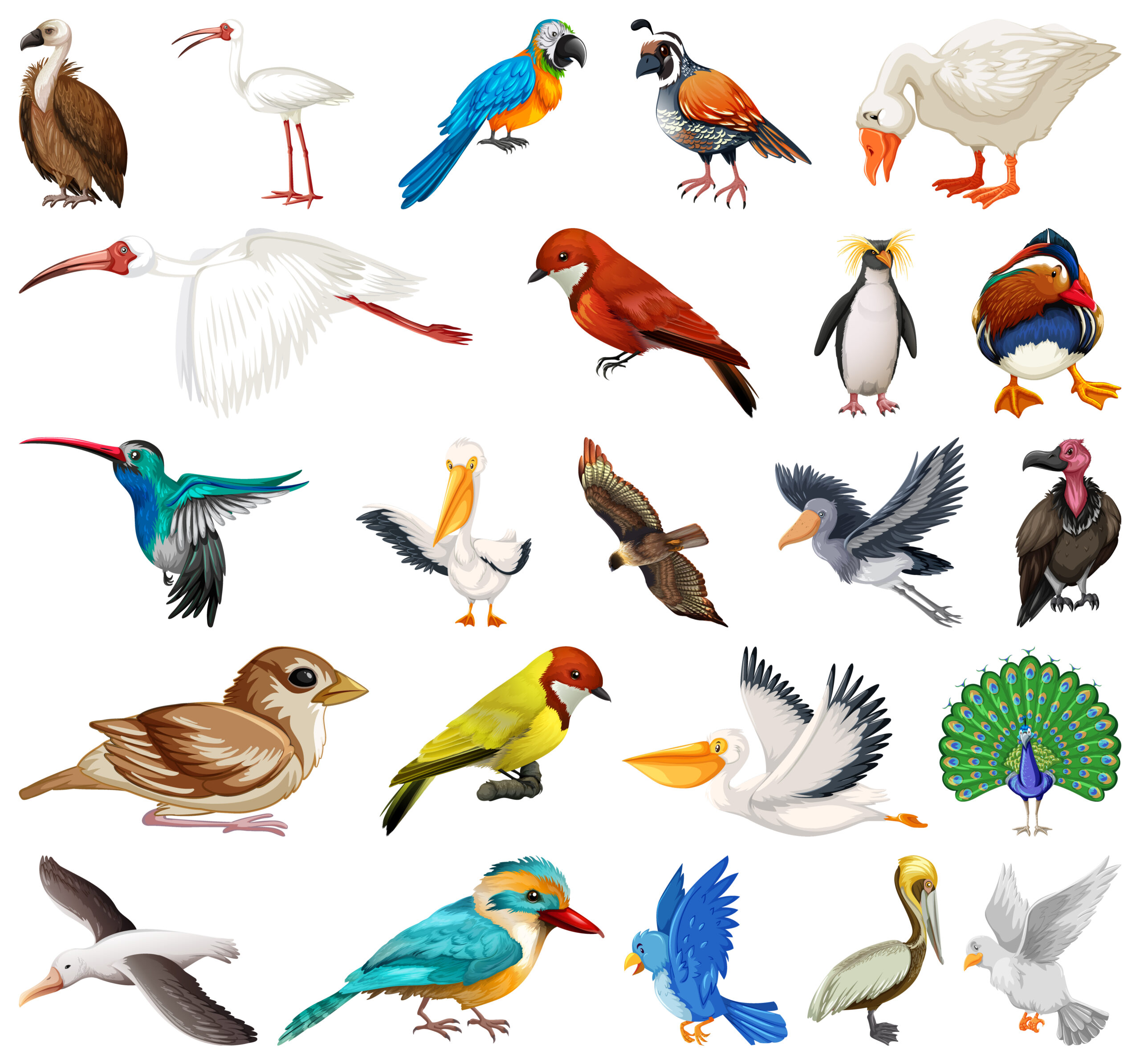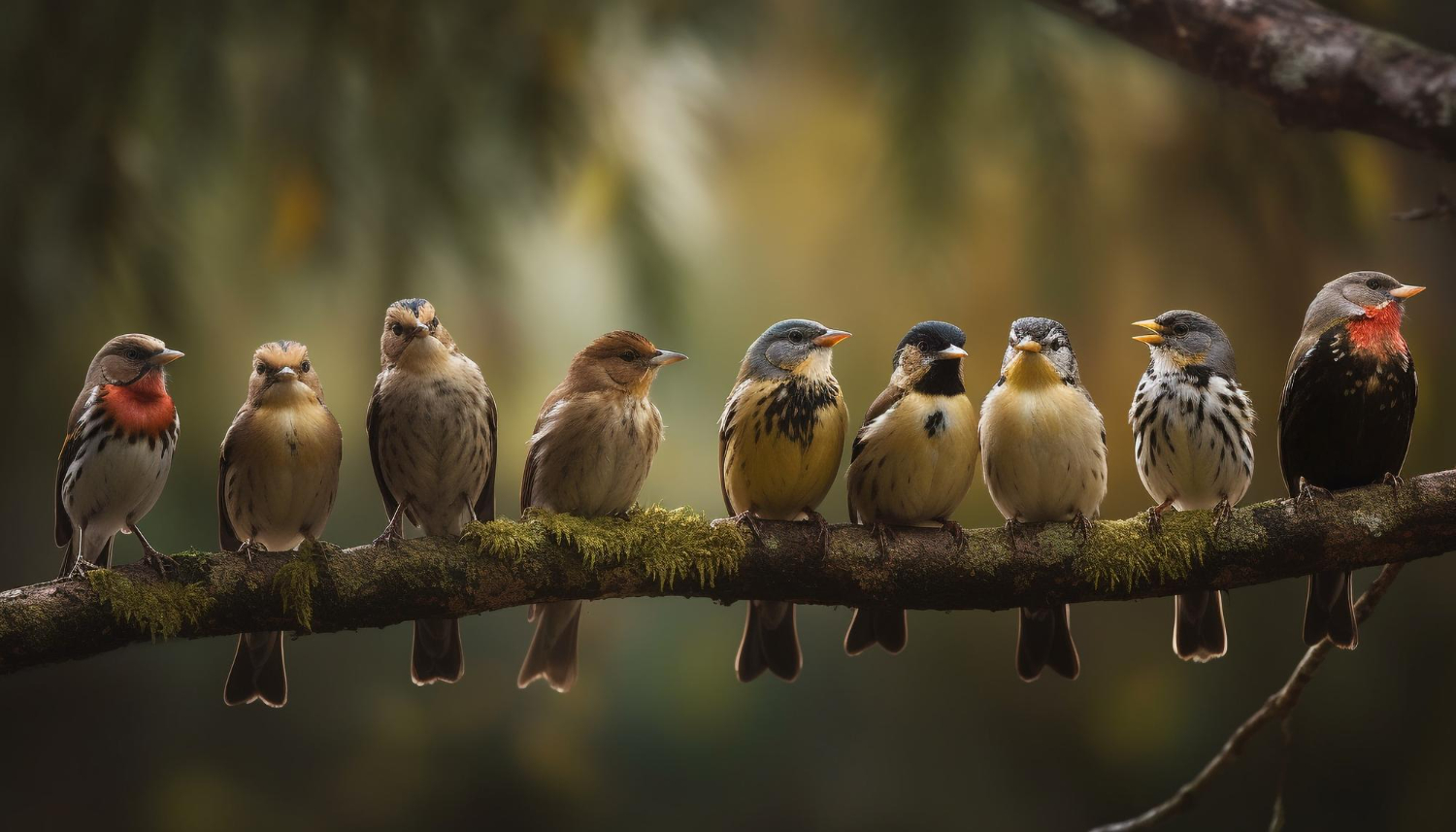When we think about the animal kingdom, birds are among the most fascinating creatures. They come in all shapes and sizes, from the tiniest hummingbirds to giant birds that inspire awe. Have you ever wondered what the biggest bird in the world is? In this blog, we’ll dive deep into the world of birds, exploring the current record holders for the biggest and the biggest flying birds in 2025.
What Is the Biggest Bird in the World?
The title of the biggest bird in the world belongs to the ostrich (Struthio camelus). Native to Africa, the ostrich is truly a giant. It is flightless, but its size more than makes up for its inability to fly. In 2025, it remains unchallenged as the largest bird, standing tall at 9 feet and weighing up to 350 pounds. Its long legs and strong body allow it to run at speeds of up to 45 miles per hour, making it not only the biggest bird but also the fastest on land.
Why Is the Ostrich the Biggest Bird?
The ostrich’s size is due to its evolutionary path. Over millions of years, it has adapted to life on the ground. Instead of flying, it developed strong legs to escape predators. These legs are powerful enough to deliver a kick capable of injuring or even killing predators.
In addition to its physical features, the ostrich’s diet plays a role in its size. These birds eat a mix of plants, seeds, and insects, providing them with the nutrition they need to maintain their massive bodies.
Biggest Flying Bird in the World
While the ostrich is the biggest bird, it cannot fly. So, what about the biggest flying bird in the world? That title goes to the wandering albatross (Diomedea exulans).
The wandering albatross is known for its enormous wingspan, which can reach up to 12 feet. In 2025, it still holds the record as the bird with the largest wingspan. This giant bird uses its long wings to glide effortlessly over the ocean for hours, expending minimal energy.
Despite its size, the wandering albatross weighs only around 20 pounds, much lighter than the ostrich. This lightweight, combined with its massive wings, allows it to stay airborne for long periods.
Other Large Birds Worth Mentioning
Beyond the ostrich and the wandering albatross, there are other contenders for the title of the biggest bird in various categories.
- Emu
The emu is the second-largest bird in the world and is native to Australia. Standing about 6 feet tall and weighing up to 130 pounds, it is smaller than the ostrich but still impressive. Like the ostrich, the emu is flightless and relies on strong legs for survival. - Southern Cassowary
Found in the rainforests of Australia and Papua New Guinea, the southern cassowary is not only one of the biggest birds but also one of the most dangerous. With sharp claws and a helmet-like crest, it can defend itself effectively. - Andean Condor
The Andean condor, a vulture species, is one of the biggest flying birds in terms of wingspan. It can reach a wingspan of up to 10.5 feet, making it second only to the wandering albatross. - Kori Bustard
Native to Africa, the kori bustard is the heaviest flying bird. It can weigh up to 40 pounds, making it one of the largest birds capable of flight.
The Role of Birds in the Ecosystem
Large birds like the ostrich and the wandering albatross play essential roles in their ecosystems. The biggest bird in the world, the ostrich, helps spread seeds through its diet, promoting plant growth in its habitat. Similarly, the wandering albatross contributes to the balance of marine ecosystems by feeding on fish and squid.
Understanding these birds and their roles is important for conservation efforts. Many of the world’s largest birds face threats from habitat loss, hunting, and climate change.
2025: New Insights into the Biggest Birds
In 2025, scientists have uncovered new insights into the world’s largest birds. For example, research into the ostrich’s DNA has revealed how its body structure evolved for running rather than flying. Studies on the wandering albatross have shown how climate change affects its migratory patterns.
These findings remind us of the importance of preserving these magnificent creatures. Conservation programs across the globe are working to protect the habitats of the biggest bird species, ensuring they continue to thrive for generations to come.
Fun Facts About the Biggest Birds
- Ostrich Eggs
Ostriches lay the largest eggs of any bird. One ostrich egg is equivalent to about two dozen chicken eggs! - Wandering Albatross Lifespan
The wandering albatross can live up to 50 years, making it one of the longest-living birds. - Flightless Giants
Many of the largest birds, like the ostrich, emu, and cassowary, are flightless. They rely on speed, strength, or camouflage to survive. - Longest Glide
The wandering albatross is known for its ability to glide without flapping its wings for hours. This makes it one of the most efficient fliers in the animal kingdom.
Biggest Bird in Myth and History
Throughout history, large birds have captured the human imagination. In ancient myths, stories of giant birds like the roc were passed down through generations. These mythical birds said to be capable of carrying off elephants, were likely inspired by sightings of real large birds, such as the now-extinct elephant bird of Madagascar.
The elephant bird, which lived until about 1,000 years ago, was the biggest in the world before its extinction. It could weigh up to 1,600 pounds, dwarfing even the ostrich.
The Importance of Protecting the Biggest Birds
The survival of the ostrich, the biggest bird in the world, and other large birds depends on human actions. Habitat destruction and illegal hunting continue to threaten these species. Conservation programs, wildlife sanctuaries, and public awareness campaigns are vital in protecting these birds.
For example, protecting the wandering albatross involves addressing issues like overfishing and plastic pollution in oceans. Similarly, ensuring the survival of ostriches requires safeguarding their natural habitats from agricultural expansion.
Conclusion
The biggest bird in the world is a title that belongs to the ostrich, a majestic creature of incredible size and speed. Meanwhile, the biggest flying bird in the world, the wandering albatross, amazes us with its massive wingspan and graceful flight.
As we continue to learn more about these birds in 2025, their importance in the ecosystem becomes clearer. By protecting these species and their habitats, we ensure that future generations can marvel at these natural wonders.
So, the next time someone asks you, “What is the biggest bird in the world?” you’ll have all the answers. From the ostrich’s land-based dominance to the albatross’s aerial prowess, these birds show us the incredible diversity and beauty of nature.




이 주제에 대해 더 많은 정보를 원해요
밤알바
https://lovealba.co.kr
Remarkable! Its really awesome paragraph, I have got much clear idea regarding from this piece of writing.